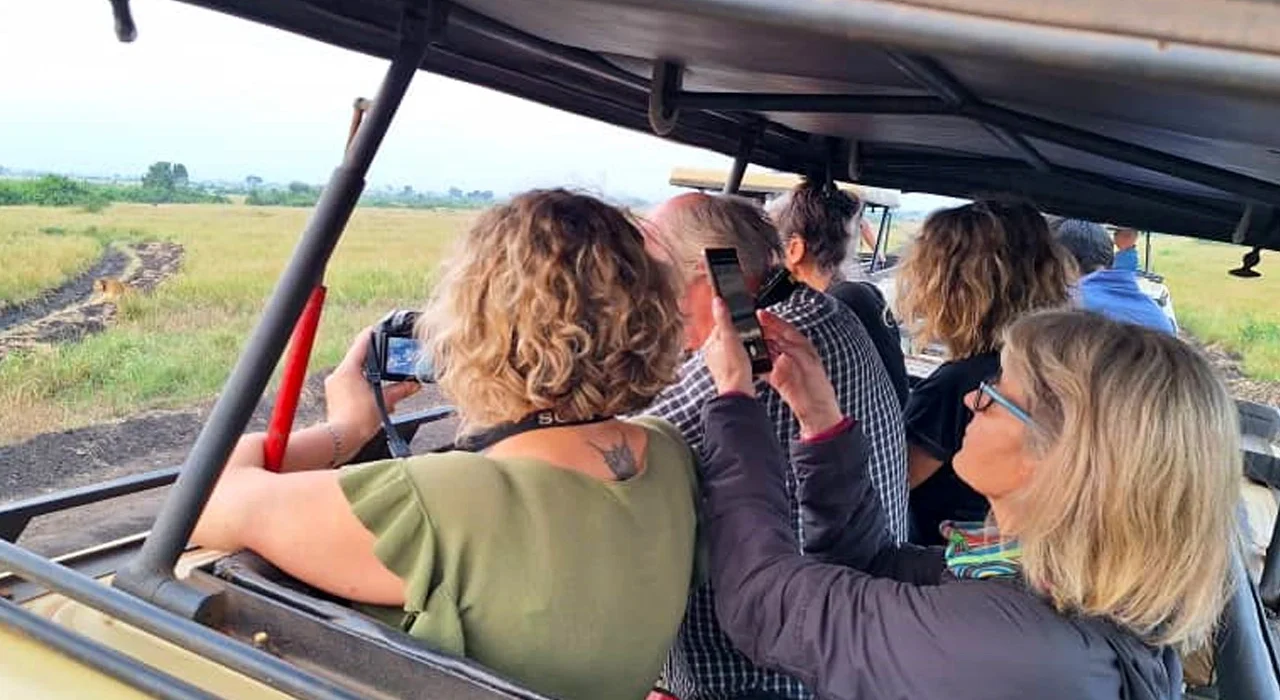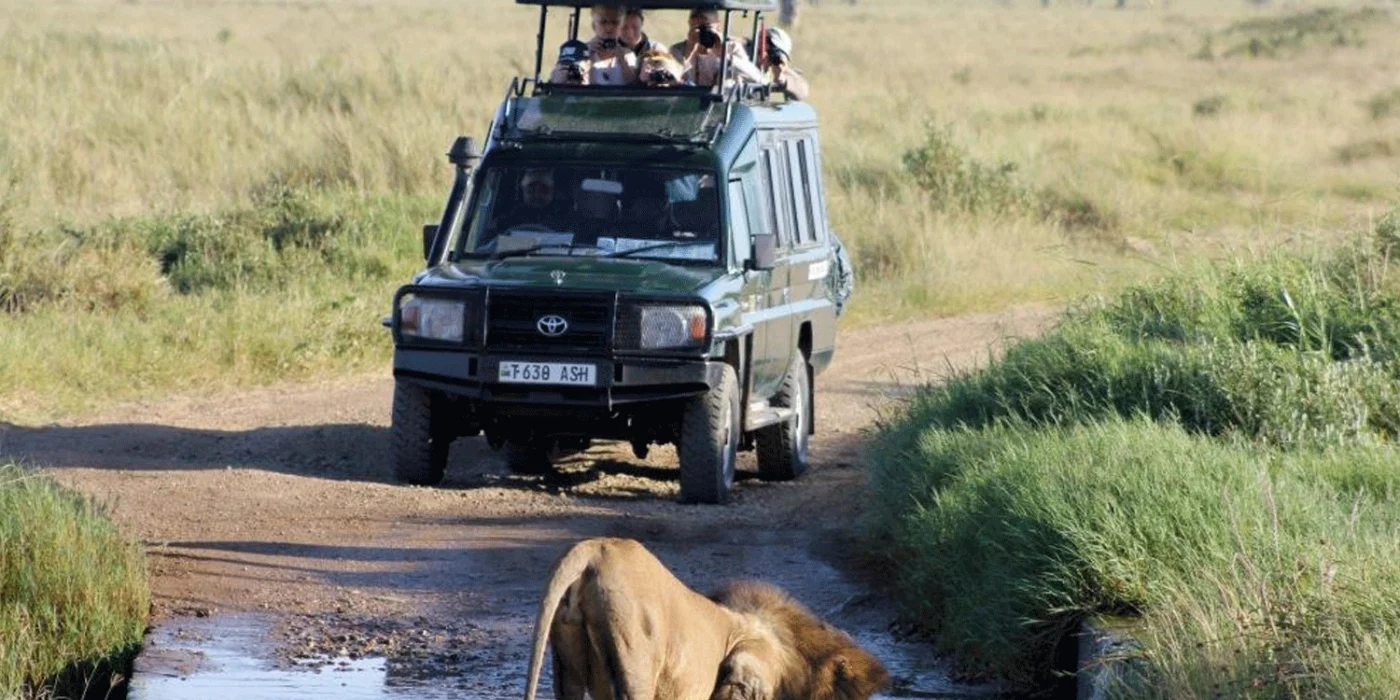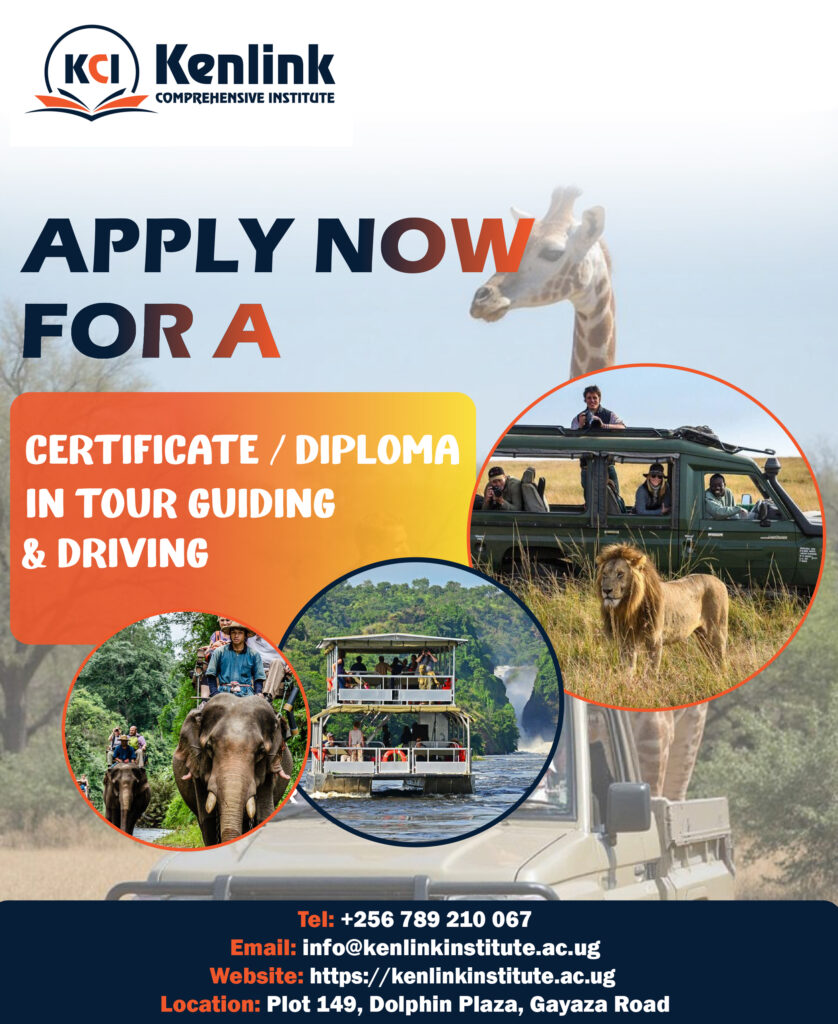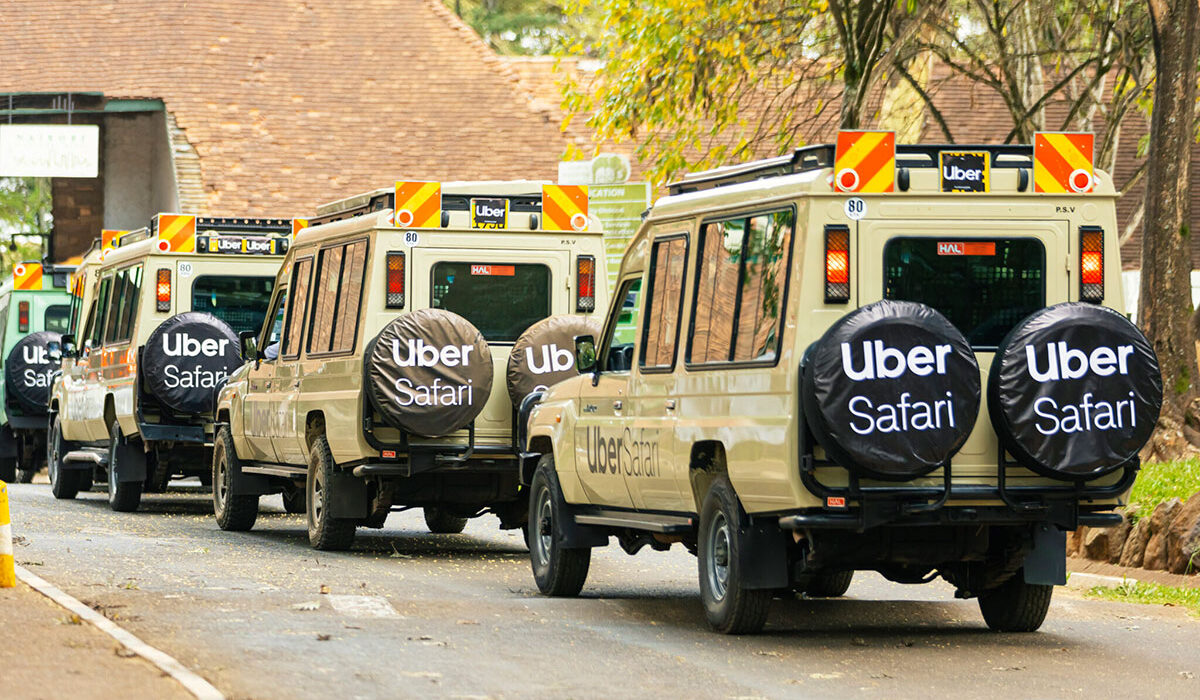Uganda Gazettes Six New National Parks
Uganda Gazettes Six New National Parks. Uganda has officially approved six new national parks, bringing the total to 16 protected national parks. This decision, ratified by Cabinet, reflects the government’s commitment to wildlife conservation, ecosystem protection, and sustainable tourism development under Uganda’s Vision 2040 strategy.
The new parks — Bukaleba, Echuya, Kyambura, Kigezi, Toro, and Katonga — were previously forest and wildlife reserves. Their upgrade to full national park status strengthens legal protection, reduces encroachment risks, and boosts infrastructure for eco-tourism. According to the Uganda Wildlife Authority (UWA), the new designation will also enhance community engagement, local livelihoods, and self-drive safari opportunities.
This expansion builds upon Uganda’s already impressive safari portfolio, famous for mountain gorilla trekking, chimpanzee tracking, birding, and savanna safaris. With more variety now on offer, Uganda is positioning itself as a premier global safari destination.
The Six New National Parks
1. Echuya National Park
Located in the southwestern highlands near the Albertine Rift, Echuya is a biodiversity hotspot. The montane forests here are home to rare bird species, including the grauer’s swamp warbler, and unique primates. Its forests act as critical watersheds and are integral for carbon storage. Visitors can enjoy birdwatching, primate tracking, and guided forest walks.
2. Kyambura National Park
Kyambura Gorge, often called the “Valley of Apes,” lies adjacent to Queen Elizabeth National Park. This lush green gorge is famous for its chimpanzee population, alongside other primates such as black-and-white colobus monkeys, red-tailed monkeys, and baboons. It is also a unique ecological corridor linking wildlife between Queen Elizabeth and surrounding reserves.
3. Bukaleba National Park
Bukaleba, situated on the shores of Lake Victoria, offers breathtaking lakeside biodiversity. Known for its forested landscapes, rich birdlife, and tranquil setting, Bukaleba provides opportunities for birdwatching, nature walks, and lakeside eco-tourism activities. It is expected to become a favorite for travelers seeking a blend of wildlife and aquatic adventures.
4. Kigezi National Park
Kigezi sits in Uganda’s southwestern highlands, an area celebrated for its terraced hills, crater lakes, and rich cultural heritage. This park will play a key role in conserving highland forests and endangered species while offering a gateway to explore the surrounding landscapes that connect to other iconic destinations like Bwindi and Mgahinga.
5. Toro National Park
Toro, located in the western region, showcases Uganda’s scenic beauty and cultural heritage. The park encompasses savanna woodlands and wetlands that provide a haven for birdlife and smaller mammals. Its proximity to Fort Portal, a city known as the “Tourism City,” makes it an attractive new stop for both domestic and international tourists.
6. Katonga National Park
Previously known as Katonga Wildlife Reserve, this area along the Katonga River is famous for its wetland ecosystem. It is home to sitatunga antelopes, elephants, and over 40 mammal species. The park’s swampy habitats also attract a variety of bird species, making it a prime destination for eco-tourists and conservationists.
Existing National Parks in Uganda
Before the recent expansion, Uganda was already home to 10 national parks, each offering unique wildlife and landscapes. Together with the six new ones, they form a comprehensive safari circuit that caters to diverse traveler interests.
1. Murchison Falls National Park
Uganda’s largest and oldest park, located in the northwestern region, is named after the mighty Murchison Falls, where the Nile River squeezes through a narrow gorge. It is home to elephants, lions, giraffes, hippos, and over 450 bird species. Boat cruises to the falls and game drives make it a must-visit.
2. Queen Elizabeth National Park
Famous for its diverse ecosystems, Queen Elizabeth is renowned for tree-climbing lions in the Ishasha sector, vast savannas, crater lakes, and the Kazinga Channel. Visitors enjoy game drives, boat safaris, and cultural encounters with surrounding communities.
3. Bwindi Impenetrable National Park
A UNESCO World Heritage Site, Bwindi is world-famous for mountain gorilla trekking. The dense rainforest is home to nearly half of the world’s remaining mountain gorillas, as well as many bird species and butterflies.
4. Kibale National Park
Nicknamed the “Primate Capital of the World,” Kibale hosts 13 primate species, including habituated chimpanzees. It offers one of the best primate tracking experiences in Africa, coupled with birding and forest hikes.
5. Kidepo Valley National Park
Located in the remote northeast, Kidepo is one of Africa’s most unspoiled wildernesses. CNN has listed it among the top African parks for its vast landscapes, cheetahs, lions, ostriches, and unique Karamojong cultural experiences.
6. Lake Mburo National Park
Just a few hours from Kampala, Lake Mburo is a great stopover park. It is home to zebras, impalas, hippos, and a variety of birdlife. Activities include game drives, boat cruises, horseback riding, and cycling safaris.
7. Mgahinga Gorilla National Park
Another gorilla trekking destination, Mgahinga is also part of the Virunga Volcanoes. It offers golden monkey tracking, volcano hiking, and cultural interactions with the Batwa people.
8. Rwenzori Mountains National Park
A UNESCO World Heritage Site, this park features the snow-capped Rwenzori Mountains, also known as the “Mountains of the Moon.” It is a prime destination for mountain climbing, glacier trekking, and alpine biodiversity.
9. Semuliki National Park
Located in western Uganda, Semuliki is famous for its Sempaya hot springs, Central African rainforest environment, and unique bird species. It shares biodiversity with the Congo Basin and is a hotspot for birdwatchers.
10. Mount Elgon National Park
Situated on the Uganda-Kenya border, Mount Elgon is home to the world’s largest volcanic caldera. It offers hiking trails, waterfalls, caves, and diverse flora and fauna, making it a paradise for adventure lovers.
Job Opportunities in Tourism After Uganda’s New National Parks
Uganda’s decision to expand its network of national parks from 10 to 16 is not only a milestone for conservation but also a game-changer for job creation. Tourism is one of the country’s largest foreign exchange earners, and with the addition of Bukaleba, Echuya, Kyambura, Kigezi, Toro, and Katonga as new national parks, thousands of direct and indirect employment opportunities are expected to emerge.
Who Benefits?
-
Local Communities
People living around the newly gazetted parks will be the first to benefit. They will find jobs as tour guides, rangers, hospitality staff, cultural performers, and craft sellers. Revenue-sharing schemes by the Uganda Wildlife Authority (UWA) will also ensure that communities gain financially from conservation, helping to reduce human-wildlife conflicts. -
Youth and Graduates
With institutions like KCI Institute equipping young people with tourism and hospitality skills, graduates will have greater chances of securing jobs in lodges, hotels, restaurants, and safari companies. The expansion also opens space for self-employment through startups offering tour packages, car rentals, and eco-adventures. -
Private Investors and Entrepreneurs
The new parks will attract entrepreneurs looking to establish lodges, campsites, transport services, and cultural tourism enterprises. This not only creates direct jobs but also strengthens Uganda’s economy through taxes and investments. -
Government and Conservation Agencies
More parks mean more demand for rangers, researchers, conservation officers, and park managers. These roles ensure ecosystems are safeguarded while contributing to national employment.
How Jobs Will Grow
-
Guiding and Safari Operations: With increased visitor numbers, safari companies will hire more drivers, guides, and tour consultants.
-
Accommodation and Hospitality: The need for lodges, hotels, restaurants, and campsites around new parks means expanded opportunities in catering, housekeeping, and customer service.
-
Cultural Tourism: Communities will showcase traditions, music, and crafts, earning income while preserving heritage.
-
Transport and Logistics: Self-drive and guided tours will increase demand for car hire services, mechanics, and fuel stations near parks.
-
Research and Conservation: Scientists and students will gain field opportunities in biodiversity studies, supporting eco-tourism growth.
Uganda’s decision to gazette six new national parks — Bukaleba, Echuya, Kyambura, Kigezi, Toro, and Katonga — marks the beginning of a new chapter in conservation and tourism. With a total of 16 parks, the country now offers an unparalleled mix of wildlife, landscapes, and cultural experiences.
This expansion not only safeguards fragile ecosystems but also enhances Uganda’s competitiveness on the global safari map. Whether you dream of gorilla trekking, exploring remote savannas, or discovering hidden gorges and wetlands, Uganda is now more diverse, protected, and welcoming than ever before.




